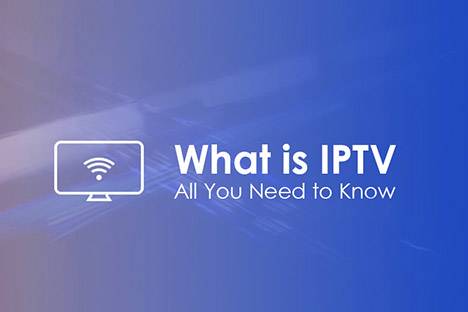How to become an IPTV provider
Are you interested in starting an IPTV service? This article will guide you through the necessary steps to become an IPTV provider. IPTV refers to the delivery of television programs and other multimedia content over the Internet. As more and more people switch away from traditional cable TV, demand for IPTV services is growing rapidly.
Step 1: Know the basics
Before starting an IPTV service, it is important to understand the basics of IPTV. IPTV works by transmitting television signals over the Internet rather than through traditional broadcasting. To access IPTV content, users must have a device capable of connecting to the Internet, such as a smart TV, computer or mobile device.
There are two types of IPTV services: live TV and on-demand TV. Live TV includes programs that are broadcast while watching, such as news and sports. On-demand TV, on the other hand, includes programs such as movies and TV series that can be watched at any time.
Step 2: Source Content
As an IPTV provider, you need to access the content available on your service. This can include live TV channels, movies, TV series and other multimedia content. There are many ways to acquire content, such as purchasing it from a content provider, negotiating a licensing agreement for specific content, or acquiring broadcast rights for a free-to-air channel.
When sourcing content, it is important to ensure that you have the necessary licensing agreements in place and do not violate copyright laws. Failure to do so may result in legal action being taken against you and may also damage your reputation as an IPTV provider.
Step 3: Choose delivery method
IPTV providers can use a variety of transport methods, such as HTTP Live Streaming (HLS) and Real-Time Messaging Protocol (RTMP). Each transmission method has its own advantages and disadvantages, and the method you choose will depend on your specific needs as an IPTV provider.
It’s also important to choose a reliable content delivery network (CDN) to ensure your IPTV service can handle high traffic volumes. A CDN distributes multimedia content to multiple servers on the network, reducing the risk of downtime and ensuring users can access the content they need, when they need it.
Step 4: Build your IPTV platform
Once you’ve acquired your content and chosen a delivery method, you need to build your IPTV platform. This includes building user interfaces (UIs) that are easy to use and navigate, as well as developing back-end systems that can manage content delivery and user accounts.
You also need to ensure that your platform is secure from a data protection perspective as well as a content protection perspective. This means implementing measures such as encryption and digital rights management (DRM) to protect user data and content.
Step 5: Market your IPTV service
Finally, you need to market your IPTV service to attract users. This can include running advertising campaigns, building a social media presence and hosting events to promote your services.
You also need to ensure that your pricing model is competitive and that users can easily sign up and pay for your services. This means offering a range of payment options, such as credit cards and PayPal, and ensuring your billing system is safe and secure.
in conclusion
Becoming an IPTV provider takes a lot of work, but with the right approach and strategy, it can be a highly rewarding business venture. By understanding the basics, sourcing content, selecting delivery methods, building a platform and marketing services, you can build a successful IPTV service that meets user needs and delivers high-quality content.
Subscribe now: smarters-iptv-co-uk






